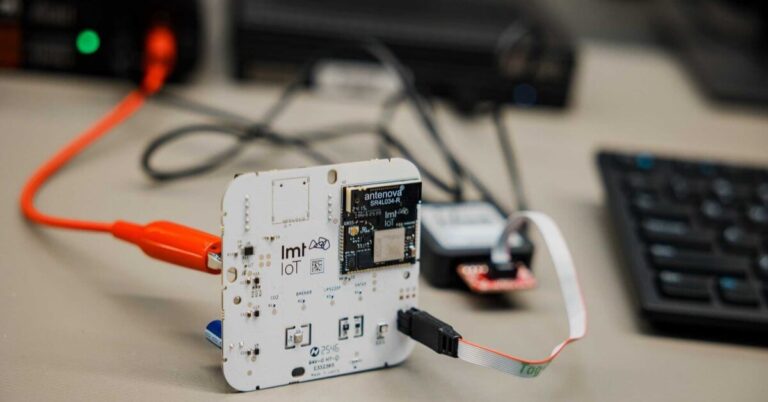There’s a lot of hype today around artificial intelligence (AI). Since the emergence of ChatGPT in late 2022 and 2023, much of the industry’s attention has shifted to questions like:
- How do we secure AI applications?
- How do we stop bad actors who use AI to create new types of malware or launch sophisticated cyberattacks?
While AI has recently captured public attention, Palo Alto Networks has been leveraging artificial intelligence, machine learning, and deep learning technologies long before most people had heard of ChatGPT. We’ve used these technologies for years to strengthen our security outcomes and ensure proactive protection for our customers.
To make AI truly effective, one of the most critical components is access to a large, diverse, and high-quality dataset. Palo Alto Networks has thousands of security sensors deployed globally, continuously collecting and analyzing massive amounts of data. This allows us to train advanced machine learning models that can detect and block both new and known malware in real time.
This broad dataset gives us a significant advantage. For smaller startups entering the cybersecurity space, building effective AI-driven security solutions without such data would be extremely difficult. Training reliable models requires not just technology, but the volume and variety of data that we’ve accumulated over many years.
In the private 5G space, we apply these same AI-driven principles. For example, when dealing with polymorphic malware—malware that constantly changes its form to evade detection—our AI and ML tools enable us to recognize malicious patterns even when the malware evolves. This capability is essential for protecting dynamic and distributed private 5G environments against modern, adaptive threats.















































